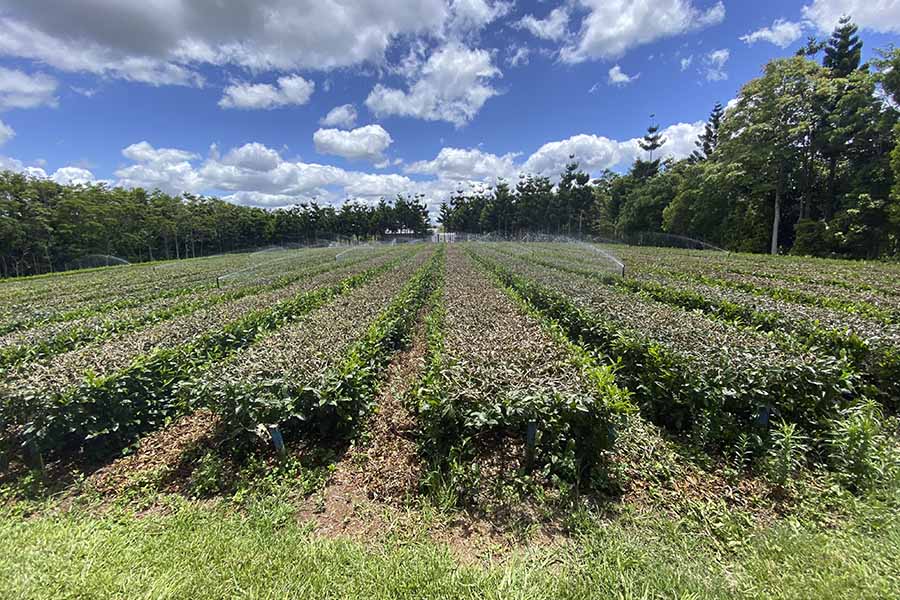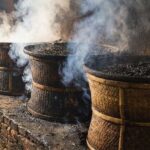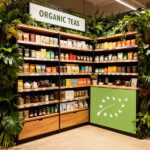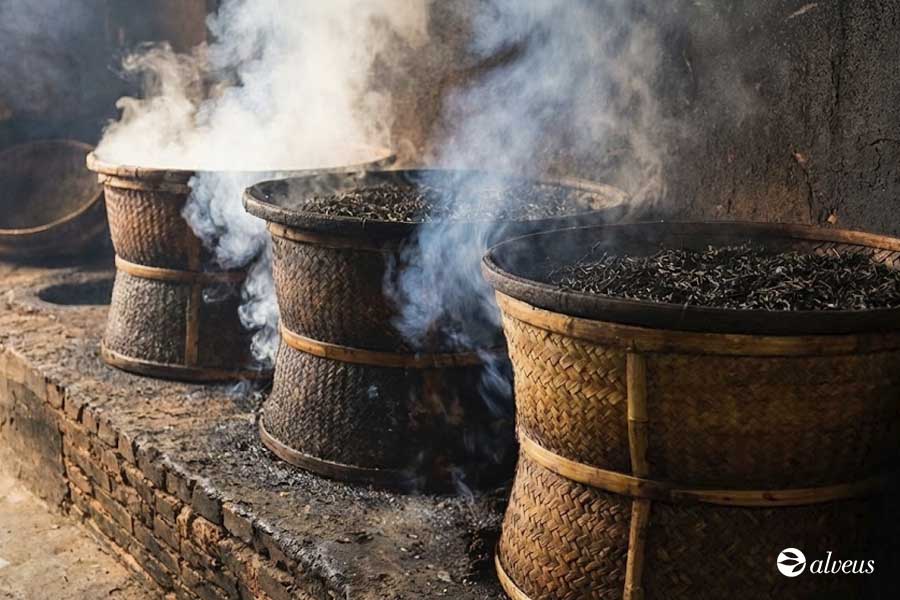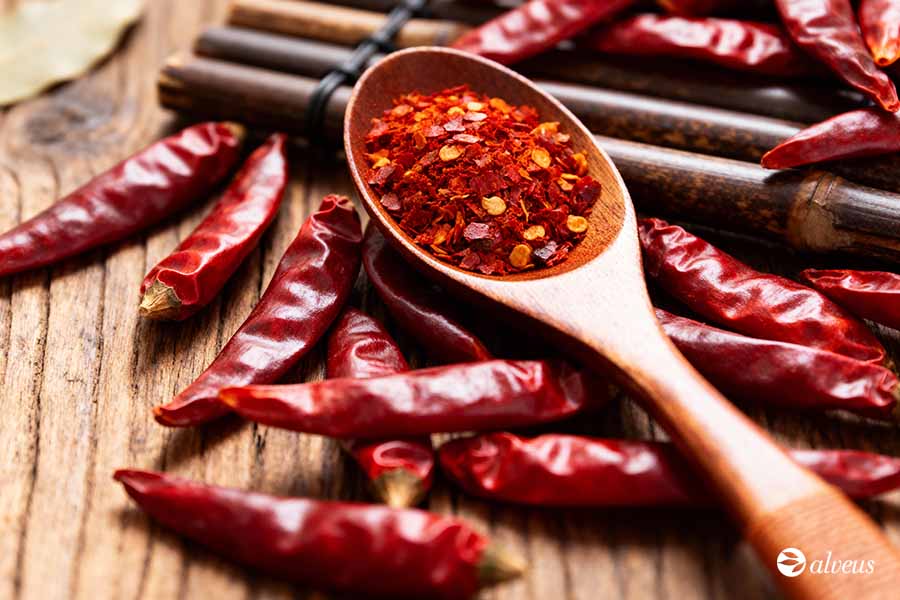Tea industry trends often return to their traditional roots, like those in China, Japan, and India. However, more and more tea enthusiasts are exploring new regions that were, until recently, virtually unknown in the sector.
From the green valleys of Australia to the mountain plantations in Papua New Guinea and crops in New Zealand, Oceania’s teas offer fresh flavours and surprising quality that are capturing the attention of international markets.
This post will guide you through the origins, evolution, and current landscape of the tea industry in Oceania so that you can explore new options for quality, authenticity, and unique flavours for your business.
History and Evolution of Tea in Oceania
The first attempts to cultivate tea were made at the end of the 19th century, influenced by the traditions of countries like China and India.
In Australia, interest in tea increased during the 20th century, but it was in the 2000s when significant steps were taken toward developing local Camellia sinensis production. Producers like Brendon and Kristie Collins, from the Arakai Tea Garden, have combined Japanese and Taiwanese techniques to create high-quality teas.
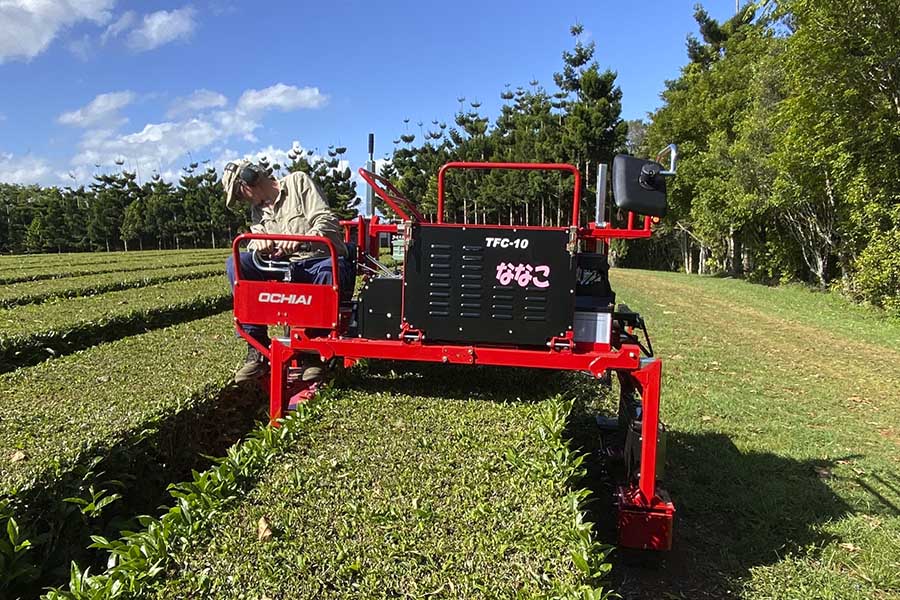
In New Zealand, the Zealong plantation established in Waikato (northern of the country) has started to stand out in the market with oolong and green teas
As for Papua New Guinea, tea has been cultivated since the 1960s, thanks to its fertile soils and climate. But what makes its tea so special? The answer lies in its pesticide-free cultivation and unique flavour.
Today, the tea industry in Oceania is evolving towards sustainability and quality, with Australian and New Zealand teas increasingly gaining international recognition.
These countries offer unique experiences that reflect the diversity of the region, and open new business opportunities in the global market.
Tea Growing and Production Areas in Oceania
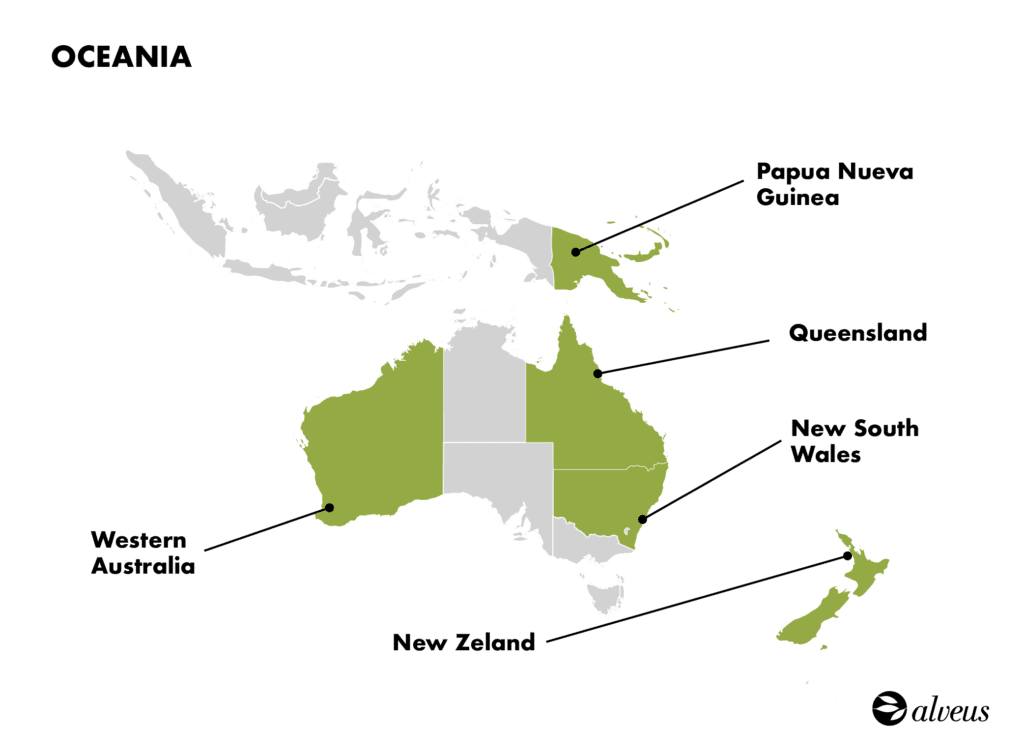
Australia
Australia has tea plantations in Queensland, New South Wales, and more recently in Western Australia. The volcanic soil and subtropical climate create optimal conditions for cultivation.
Arakai Estate, located on the Sunshine Coast, stands out for its production methods inspired by Taiwanese techniques and mechanical harvesting, resulting in a floral-flavoured Australian green tea and a smooth, slightly sweet black tea suitable for various types of preparations.
Papua New Guinea
In Papua New Guinea, tea plantations are located in the valleys of the Highlands in a mountainous environment.
The fertile soils and stable climate have made this region an ideal place for pesticide-free tea cultivation, producing over 7 million kilograms annually.
This tea, known for its earthy notes and vibrant colour, has gained recognition in international markets, especially in Australia, the United States, and Europe.
However, production in Papua New Guinea is primarily aimed at export, limiting its availability in local markets. The simplicity of its organic cultivation makes it highly attractive to markets seeking sustainable, high-quality products.
New Zealand
New Zealand has positioned itself as a producer of quality tea, albeit on a smaller scale.
New Zealand’s cool and stable climate allows the leaves to develop a distinctive flavour profile, with oolongs presenting intense floral and nutty notes due to their low oxidation levels.
Most Popular Teas from Oceania
Oceania offers a limited yet special variety of teas that are gaining attention in the global market.
Arakai Premium Green Tea
This Australian tea from Arakai Estate stands out for its smoothness and buttery profile.
It’s ideal for multiple infusions, offering floral notes and a bitterness-free taste, making it suitable for consumers who prefer soft and delicate teas.
Discover Arakai Estate Premium Green Tea from Australia, available in our Alveus online store; an innovative and high-quality offering for your customers.
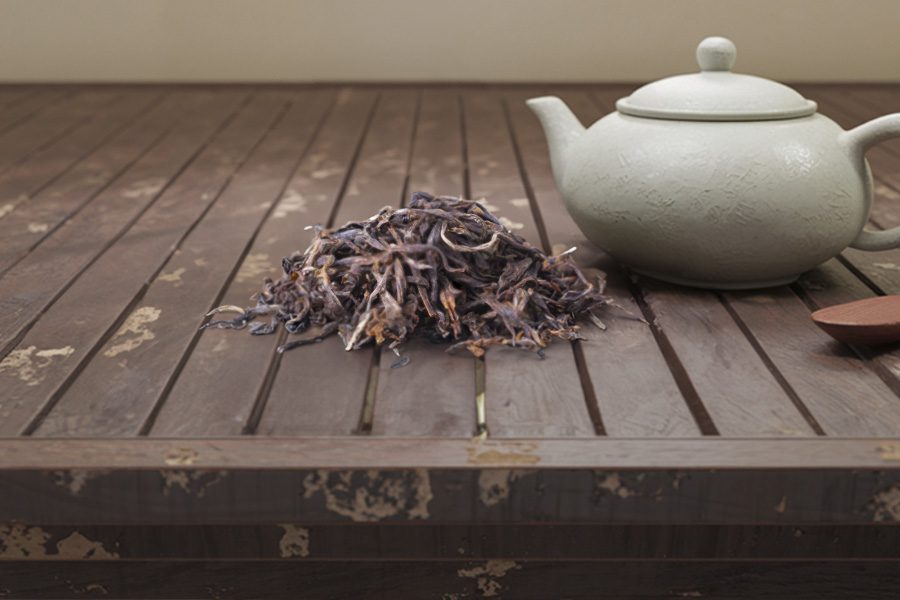
Arakai Premium Black Tea
This whole-leaf Australian black tea is distinguished by its subtle sweetness and smooth body, qualities that make it perfect for enjoying without milk or sweeteners, enhancing its original flavour.
Black Teas from Papua New Guinea
Papua New Guinea’s black teas are typically used in blends for tea bag production.
These teas are valued for their deep colour and their ability to blend well with stronger teas, making them a common component in blends for the Australian and European markets.
Conclusion
Tea from Oceania represents a quality product and symbolises a new era in the global tea industry. With its natural diversity and producers’ commitment to sustainability and innovation, these teas are beginning to gain ground in the international market.
Australia, New Zealand, and Papua New Guinea are setting standards that challenge the idea that only traditional regions can offer exceptional teas.
By incorporating Oceania’s teas into your catalogue, you will diversify your offerings and provide your customers with unique sensory experiences that reflect the cultural and natural richness of this fascinating region.


